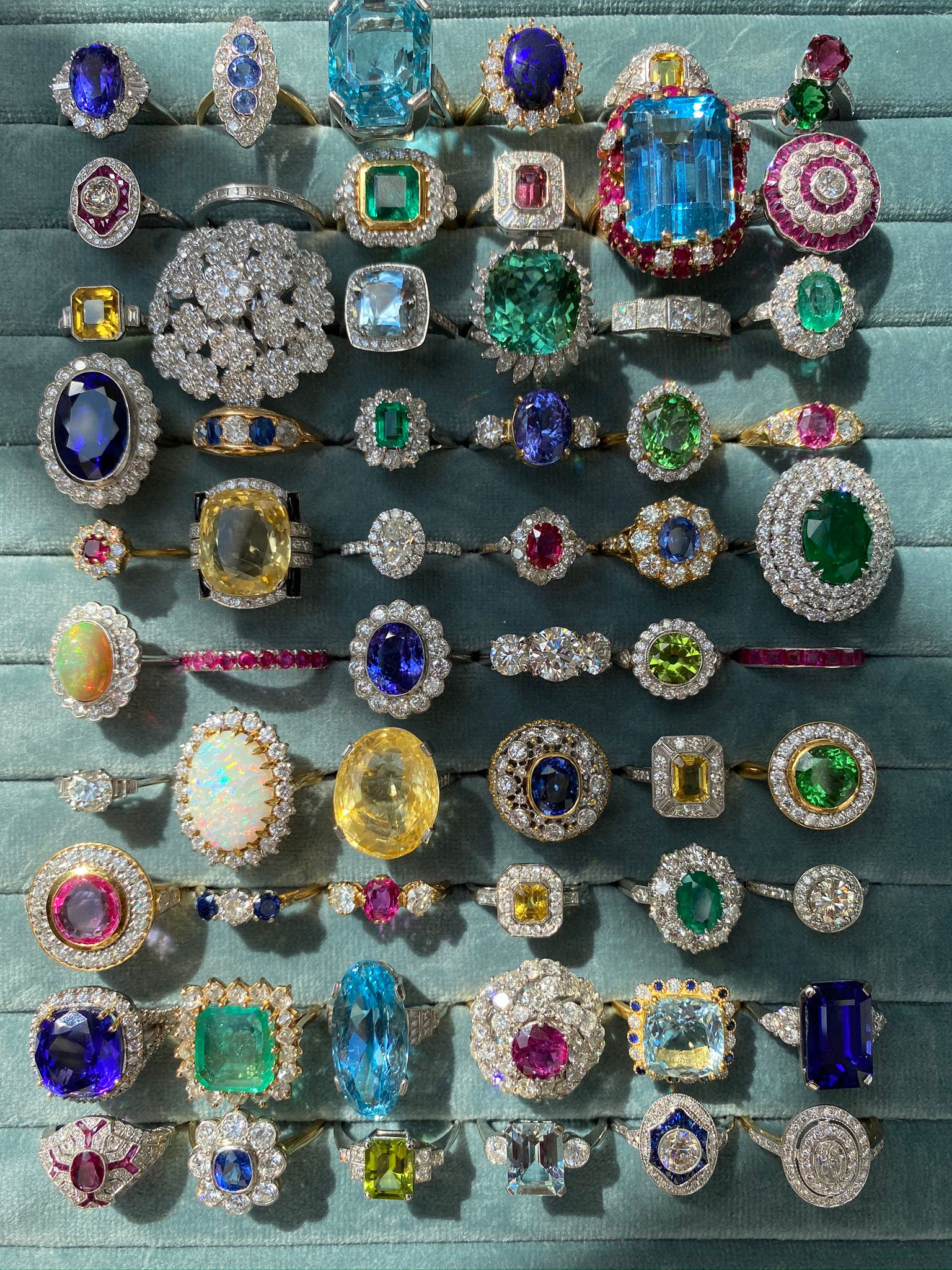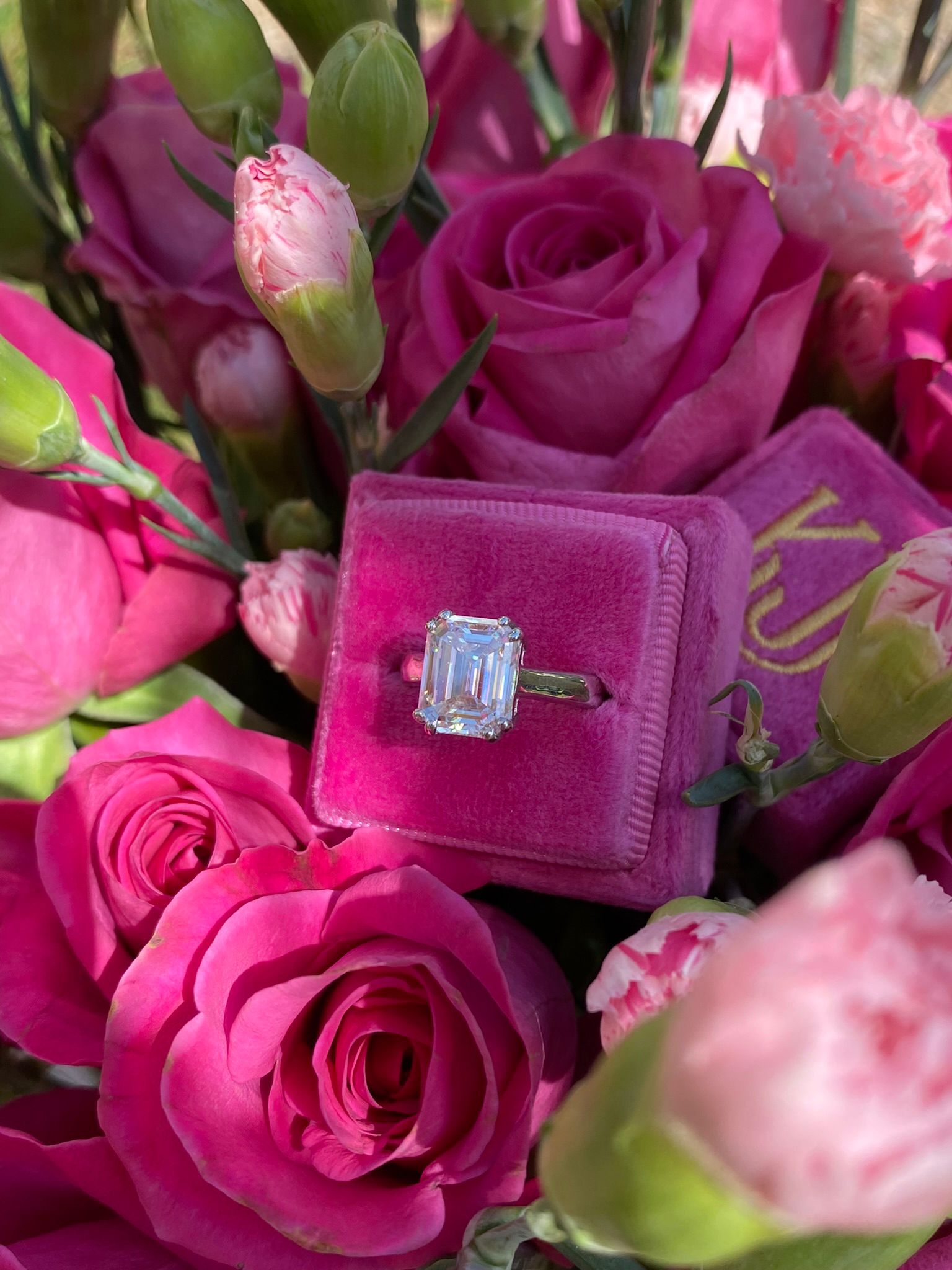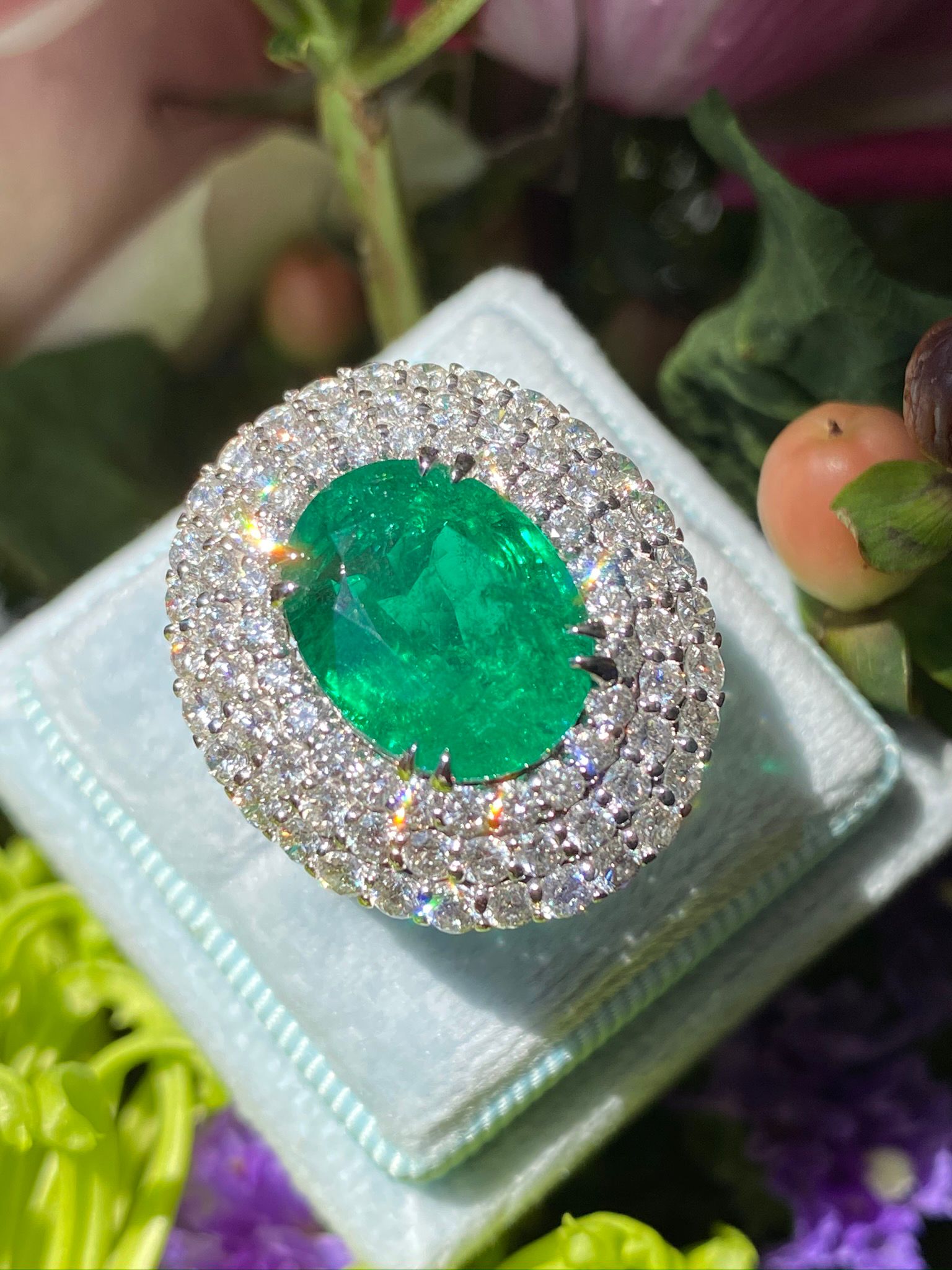The Sweet Life of Sapphires

Besides Diamonds, Sapphires are one of the most well-known and popular gemstones on the planet. It’s not hard to see why—available in almost every colour of the rainbow and rated a 9 on the Mohs scale (Diamonds, at 10, are the only gem rated higher and are exponentially harder than any other mineral), the versatility and practicality of Sapphires make them a faultless choice. They also have impeccable toughness and stability, so they generally resist surface scratches and can travel and be cleaned with ease.
While Blue Sapphires are still the most sought-after, other rare colours such as Pink and Yellow have become more and more in-demand in recent years. Desire something even more unique? Consider some of Sapphire’s other rarely seen shades, such as Orange, Purple, or Green. Known scientifically as Corundum, a mineral composed of Aluminum and Oxygen, trace elements are responsible for giving colourless Aluminum Oxide crystals their various desirable hues. When traces of the element Chromium are present, the mineral turns the most desirable colour of all: Red. However, Red Corundum is so desired and valuable, it has a name all its own…Ruby!
Watch our YouTube video to Learn More about what makes Sapphires Different Colours
Many other interesting varieties of Sapphire also exist, including colour-change, Star Sapphires (cabochon cuts that exhibit a phenomenal asterism or star-like affect) and the ultra-rare Padparadscha. The latter is an Orangey-Pink variety named for the Lotus flower, made particularly famous when it was chosen by Jack Brooksbank for Princess Eugenie’s engagement ring in 2018.
While Sapphires are mined on almost every continent on Earth, the most valuable ones generally come from Sri Lanka (also known as Ceylon), Myanmar (also known as Burma), Madagascar, and Kashmir. Kashmir Sapphires were only mined for a very short time period at the turn of the century before political strife affected the area, which is already very difficult to access geographically. Any Kashmir stones on the market today still originate from that very limited time period, making them the most valuable of all and likely only to be seen at auction level. They’re most famous for their Royal Blue and “velvety” appearance (characteristics which aren’t necessarily exclusive to Kashmir), caused by a series of tiny, needle-like inclusions which reflect light in a way that makes the gem look particularly lush, like silk or velvet.
Ceylon Sapphires are known for their overall bright and lively appearance, and can also take on a more medium tone, known as Cornflower Blue. While pastel shades have become very desirable with customers in recent years, in general, the most valuable gems in any colour range are still vibrant and saturated, with medium to medium-dark tone and preferably, without a greenish tint.
Learn More About the Importance of Source when it Comes to Sapphires
The most valued Yellow Sapphires are also sourced from Sri Lanka (Ceylon), where a sunny, golden Yellow is considered best. Also popular in India, Yellow Sapphires are associated with Vedic astrology and thought to bring good luck and positive energy to the wearer. They’ve become increasingly coveted for engagement rings, and like Pink Sapphires, are a lovely alternative to a coloured Diamond, which are becoming equally popular, but often come with a much more extravagant price tag.
Due to their excellent hardness, Sapphires are ideal for rings and daily wear. Their endless colour options provide an amazing opportunity for a rare, unique and personal engagement ring that will be treasured for generations to come—we certainly know of one very famous family who couldn’t disagree.




